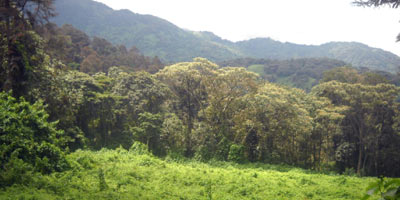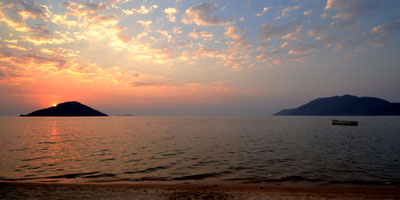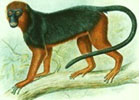ARBMIS provides access to the data published through the ARCOS Integrated Publishing Toolkit (IPT). This includes occurrence data and species checklists for the Albertine Rift region. The media library provides useful documents and other relevant material.
One of the main challenges faced by decision-makers in most of the countries in Africa is not only the lack of information but also the mechanisms to access, interpret, analyze and use the existing information and present it in a simple format to guide the decision/policy-makers and the public in general. The ARCOS Biodiversity Monitoring System (ARBMIS) was initiated in 2007 with support from the MacArthur Foundation with the objective to develop a harmonized, participatory and cost effective regional biodiversity monitoring framework that generates and provides information that is used by all stakeholders for biodiversity conservation and sustainable development in the Albertine Rift region. ARCOS joined the Global Biodiversity Information Facility in 2009. The portal incorporates the GBIF's Integrated Publishing Toolkit and data to be made available on the platform will be in the DarwinCore Archive format.
In 2011, ARCOS obtained funding from the JRS Biodiversity Foundation to develop the Albertine Rift Biodiversity Portal which focused initially on the development of regional data sharing standards, building capacity of professionals in data management, and building relationships with various institutions. The last phase of the ARBMIS development has extended the Portal to the Great Lakes Freshwater Ecosystems and the African Mountains, developed with funding support from the MacArthur Foundation and the Swiss Agency for Development and Cooperation respectively.
This web-based Portal uses the latest bio-informatics technology and is includes a database with information on species records, building on GBIF's Nodes Portal Toolkit to ensure data standards and where possible linked to GIS data, species photos and distribution; and 2) a library with various information products (publications and reports, policy documents and conservation case studies, website links such as the world protected areas data base, the Red List, and an interactive link to bio-graphics, videos and GIS maps, etc.) and using the Pressure-State-Response model with relevance to biodiversity conservation in the Albertine region, the Great Lakes and African Mountains.
|
|
|
||||||||||||










